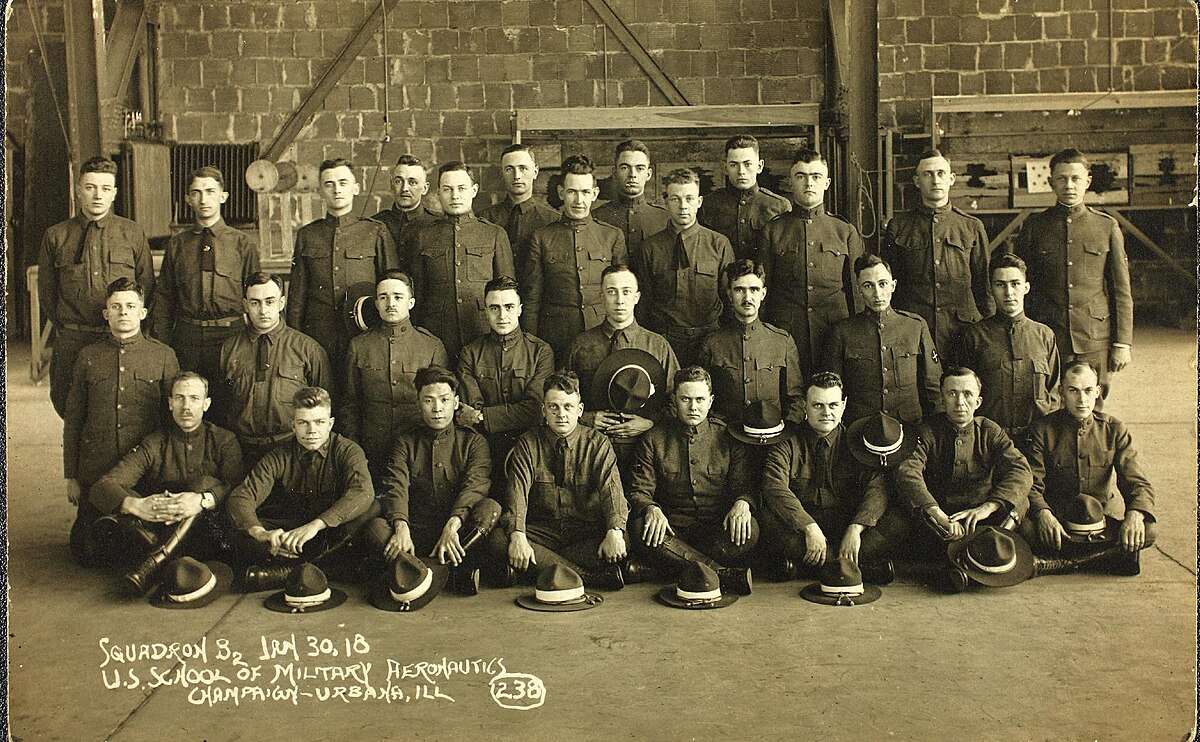Deleted member 68059
Staff Sergeant
- 1,058
- Dec 28, 2015
I`m looking for the total number of USAAF fighter pilots who enlisted in WW2, as in the total from all years of the war, not the
number operational at one point in time.
This sounds like a very straightforward statistic to obtain, but it appears not to be.
Anyone got any thoughts on what this number is, or where it can be obtained.
It has to be fighter pilots, not just airmen sadly.
number operational at one point in time.
This sounds like a very straightforward statistic to obtain, but it appears not to be.
Anyone got any thoughts on what this number is, or where it can be obtained.
It has to be fighter pilots, not just airmen sadly.

